Cisco Enterprise Networks Presents at Tech Field Day Exclusive with Cisco 2022
I am honored to be welcomed back to Tech Field Day Exclusive with Cisco scheduled on 16-17 March 2022. It …
The post Cisco Enterprise Networks Presents at Tech Field Day Exclusive with Cisco 2022 first appeared on Fryguy's Blog.Tech Bytes: Integrating Digital Experience Management And Cloud-Delivered Security (Sponsored)
Today on the Tech Bytes podcast we focus on the intersection of security and digital experience management. With more applications moving to the cloud, IT has to provide secure access while also ensuring a good user experience. Our sponsor Netskope, which provides cloud-based security services, has ideas on how to make this happen.Tech Bytes: Integrating Digital Experience Management And Cloud-Delivered Security (Sponsored)
Today on the Tech Bytes podcast we focus on the intersection of security and digital experience management. With more applications moving to the cloud, IT has to provide secure access while also ensuring a good user experience. Our sponsor Netskope, which provides cloud-based security services, has ideas on how to make this happen.
The post Tech Bytes: Integrating Digital Experience Management And Cloud-Delivered Security (Sponsored) appeared first on Packet Pushers.
BGP Policies (Part 2)
At the most basic level, there are only three BGP policies: pushing traffic through a specific exit point; pulling traffic through a specific entry point; preventing a remote AS (more than one AS hop away) from transiting your AS to reach a specific destination. In this series I’m going to discuss different reasons for these kinds of policies, and different ways to implement them in interdomain BGP.
There are many reasons an operator might want to select which neighboring AS through which to send traffic towards a given reachable destination (for instance, 100::/64). Each of these examples assumes the AS in question has learned multiple paths towards 100::/64, one from each peer, and must choose one of the two available paths to forward along.
In the following network—

From AS65004’s perspective…
Transit providers primarily choose the most optimal exit from their AS to reduce the amount of peering settlement they are paying by using and maintaining settlement-free peering where possible and reducing the amount of time and distance traffic is carried through their network (through hot potato routing, discussed in more detail below).
If, for instance, AS65004 has a paid peering relationship with AS65002, and a contract with AS65003 which Continue reading
#VMwareNSXChat Recap: NSX-T 3.2
In our most recent Twitter chat, we were joined by Vivek Bhandari, Varun Santosh, and Srini Nimmagadda to answer common questions about NSX-T 3.2, its benefits, how it works, and more. Dive in below for the full recap of our NSX-T 3.2 #VMwareNSXChat.
Question 1: If you had to describe NSX-T 3.2 to a friend using just one sentence (or using just 280 characters) what would you say? #VMwareNSXChat
Varun: Stronger security, simplified networking, easy operations – what’s not to like #VMwareNSXchat!
Vivek: It’s like going from a flip phone to a touch screen smartphone. Gamechanger! #VMwareNSXChat
Question 2: What are the key Networking and Policy enhancements? #VMwareNSXChat
Varun: NSX-T 3.2 simplifies network provisioning thru prescriptive NSX deployment from vCenter, deeper integration with Antrea, Federation support for VM tag replication, enhanced migration coordinator, and enhanced monitoring and troubleshooting. #VMwareNSXChat
Question 3: What are the key security enhancements? #VMwareNSXChat
Vivek: NSX-T 3.2 is a quantum leap forward bringing advanced security in a distributed architecture. It now includes network traffic analysis (NTA) and network detection and response (NDR), malware prevention with sandboxing, L7 gateway firewall, and more. #VMwareNSXChat
Vivek: Of Continue reading
Network Break 373: Google Buys Mandiant To Bolster Security Ops; Network OS DENT 2.0 Released
Today's Network Break examines why Google spent billions of dollars to acquire Mandiant for security ops, the latest release of the DENT network OS, NVIDIA's software revenue strategy, and more tech news.Architecting Memory Pools For HPC And AI Applications Using CXL
Over the past decade, much of the focus with machine learning has been on CPUs and accelerators, primarily GPUs but also custom ASICs, with advances in the chip architecture aimed at boosting parallel math performance. …
Architecting Memory Pools For HPC And AI Applications Using CXL was written by Jeffrey Burt at The Next Platform.
Real-time EVPN fabric visibility
Real-time telemetry from a 5 stage Clos fabric describes lightweight emulation of realistic data center switch topologies using Containerlab. This article builds on the example to demonstrate visibility into Ethernet Virtual Private Network (EVPN) traffic as it crosses a routed leaf and spine fabric.docker run --rm -it --privileged --network host --pid="host" \Start Containerlab.
-v /var/run/docker.sock:/var/run/docker.sock -v /run/netns:/run/netns \
-v ~/clab:/home/clab -w /home/clab \
ghcr.io/srl-labs/clab bash
curl -O https://raw.githubusercontent.com/sflow-rt/containerlab/master/evpn3.ymlDownload the Containerlab topology file.
containerlab deploy -t evpn3.ymlFinally, deploy the topology.
docker exec -it clab-evpn3-leaf1 vtysh -c "show running-config"See configuration of leaf1 switch.
Building configuration...The loopback address on the switch, 192.168.1.1/32, is advertised to neighbors so that the VxLAN tunnel endpoint Continue reading
Current configuration:
!
frr version 8.1_git
frr defaults datacenter
hostname leaf1
no ipv6 forwarding
log stdout
!
router bgp 65001
bgp bestpath as-path multipath-relax
bgp bestpath compare-routerid
neighbor fabric peer-group
neighbor fabric remote-as external
neighbor fabric description Internal Fabric Network
neighbor fabric capability extended-nexthop
neighbor eth1 interface peer-group fabric
neighbor eth2 interface peer-group fabric
!
address-family ipv4 unicast
network 192.168.1.1/32
exit-address-family
!
address-family l2vpn evpn
neighbor fabric activate
advertise-all-vni
exit-address-family
exit
!
ip nht resolve-via-default
!
end
Two Simple Ways Automation Can Save You Money on Your AWS Bill
Red Hat Ansible Automation Platform is an excellent automation and orchestration tool for public clouds. For this post, I am going to walk through two common scenarios where Ansible Automation Platform can help out. I want to look outside the common public cloud use-case of provisioning and deprovisioning resources and instead look at automating common operational tasks.

What is an operational task? It is simply anything that an administrator has to do outside of creating and deleting cloud resources (e.g. instances, networks, keys, etc.) to help maintain their company's public cloud account. One of the problems I’ve encountered is instances being left on, running up our public cloud bill in the background while we were focusing our attention elsewhere. The more users you have, the more likely problems are to occur; automation can help address these issues and maintain control of your account. There are two common scenarios I want to address here:
- Bespoke AWS instances were manually created for a one-off initiative, usually to test something, then instances were forgotten about and left running.
- Continuous Integration (CI) instances were spun up to test changes programmatically every time a Pull Request (PR) went into our project, and would Continue reading
Democratizing email security: protecting individuals and businesses of all sizes from phishing and malware attacks
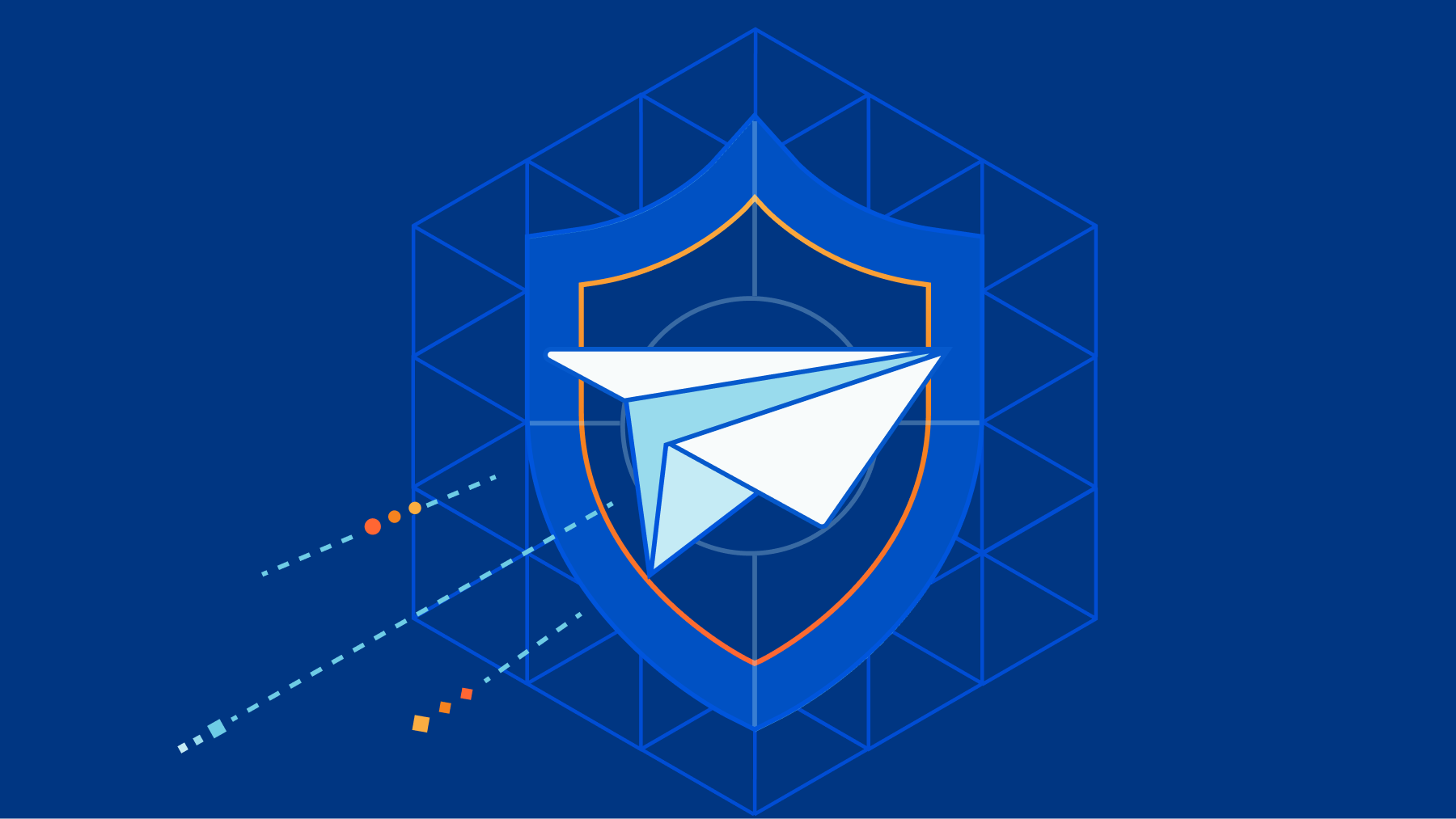
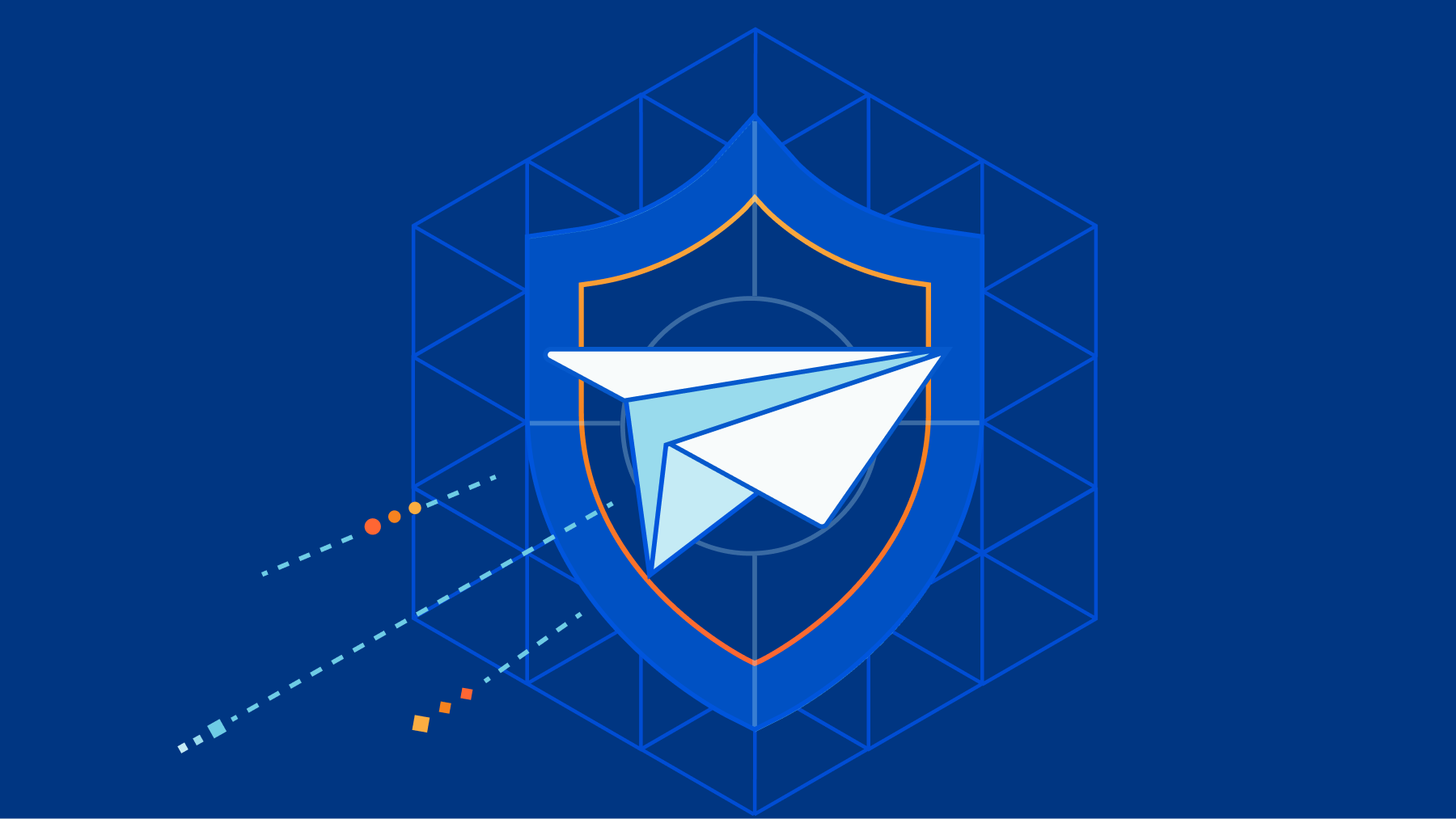
Since our founding, Cloudflare has been on a mission to take expensive, complex security solutions typically only available to the largest companies and make them easy to use and accessible to everyone. In 2011 and 2015 we did this for the web application firewall and SSL/TLS markets, simplifying the process of protecting websites from application vulnerabilities and encrypting HTTP requests down to single clicks; in 2020, during the start of the COVID-19 pandemic, we made our Zero Trust suite available to everyone; and today—in the face of heightened phishing attacks—we’re doing the same for the email security market.
Once the acquisition of Area 1 closes, as we expect early in the second quarter of 2022, we plan to give all paid self-serve plans access to their email security technology at no additional charge. Control, customization, and visibility via analytics will vary with plan level, and the highest flexibility and support levels will be available to Enterprise customers for purchase.
All self-serve users will also get access to a more feature-packed version of the Zero Trust solution we made available to everyone in 2020. Zero Trust services are incomplete without an email security solution, and CISA’s recent report makes that clearer Continue reading
Investigating threats using the Cloudflare Security Center


Cloudflare blocks a lot of diverse security threats, with some of the more interesting attacks targeting the “long tail” of the millions of Internet properties we protect. The data we glean from these attacks trains our machine learning models and improves the efficacy of our network and application security products, but historically hasn’t been available to query directly. This week, we’re changing that.
All customers will soon be granted access to our new threat investigations portal, Investigate, in the Cloudflare Security Center (first launched in December 2021). Additionally, we’ll be annotating threats across our analytics platform with this intelligence to streamline security workflows and tighten feedback loops.
What sorts of data might you want to look up here? Let’s say you’re seeing an IP address in your logs and want to learn which hostnames have pointed to it via DNS, or you’re seeing a cluster of attacks come from an autonomous system (AS) you’re not familiar with. Or maybe you want to investigate a domain name to see how it’s been categorized from a threat perspective. Simply enter any of those items into the omni search box, and we’ll tell you everything we know.
IPs and hostnames will be Continue reading
Get full observability into your Cloudflare logs with New Relic
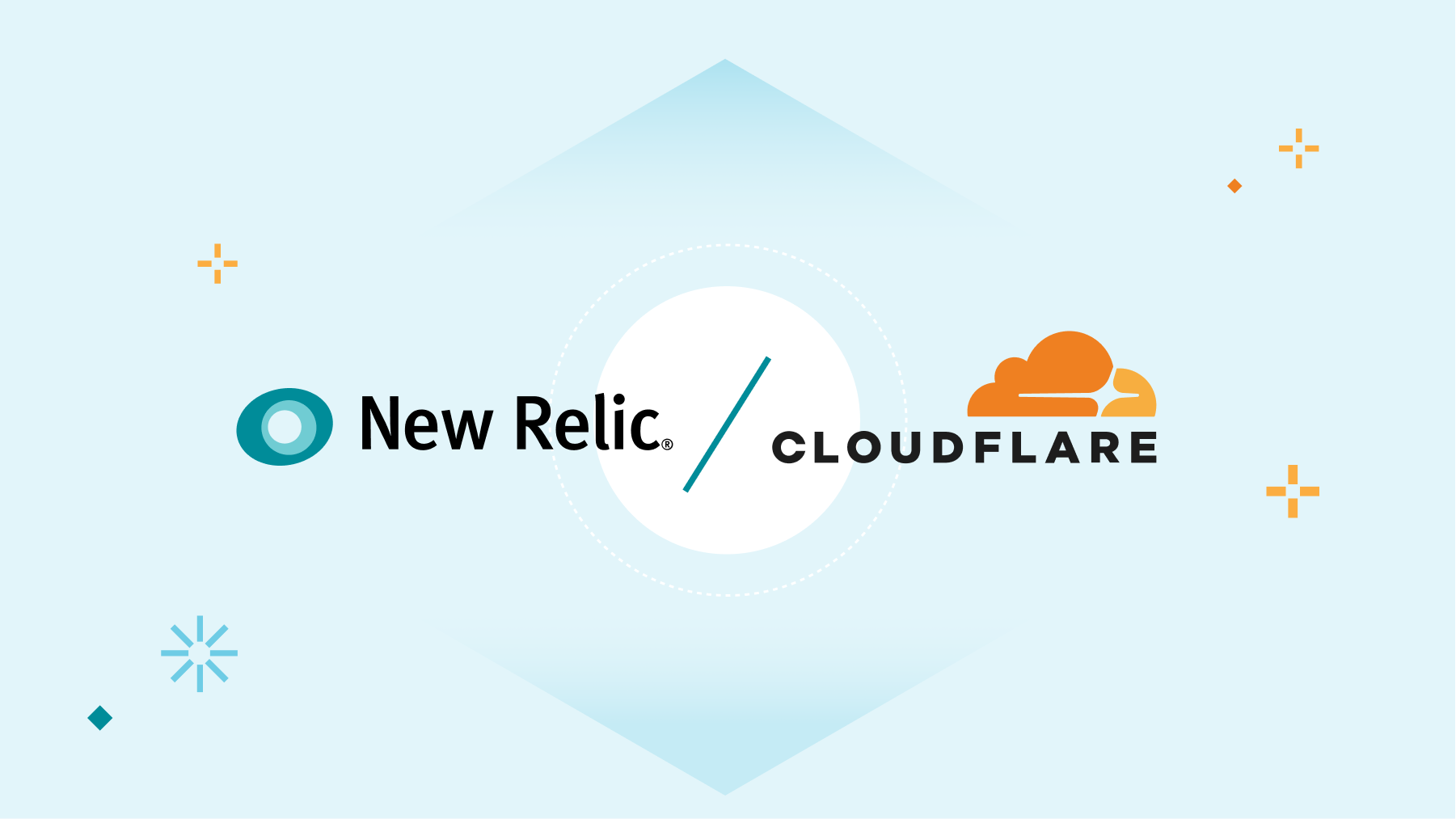
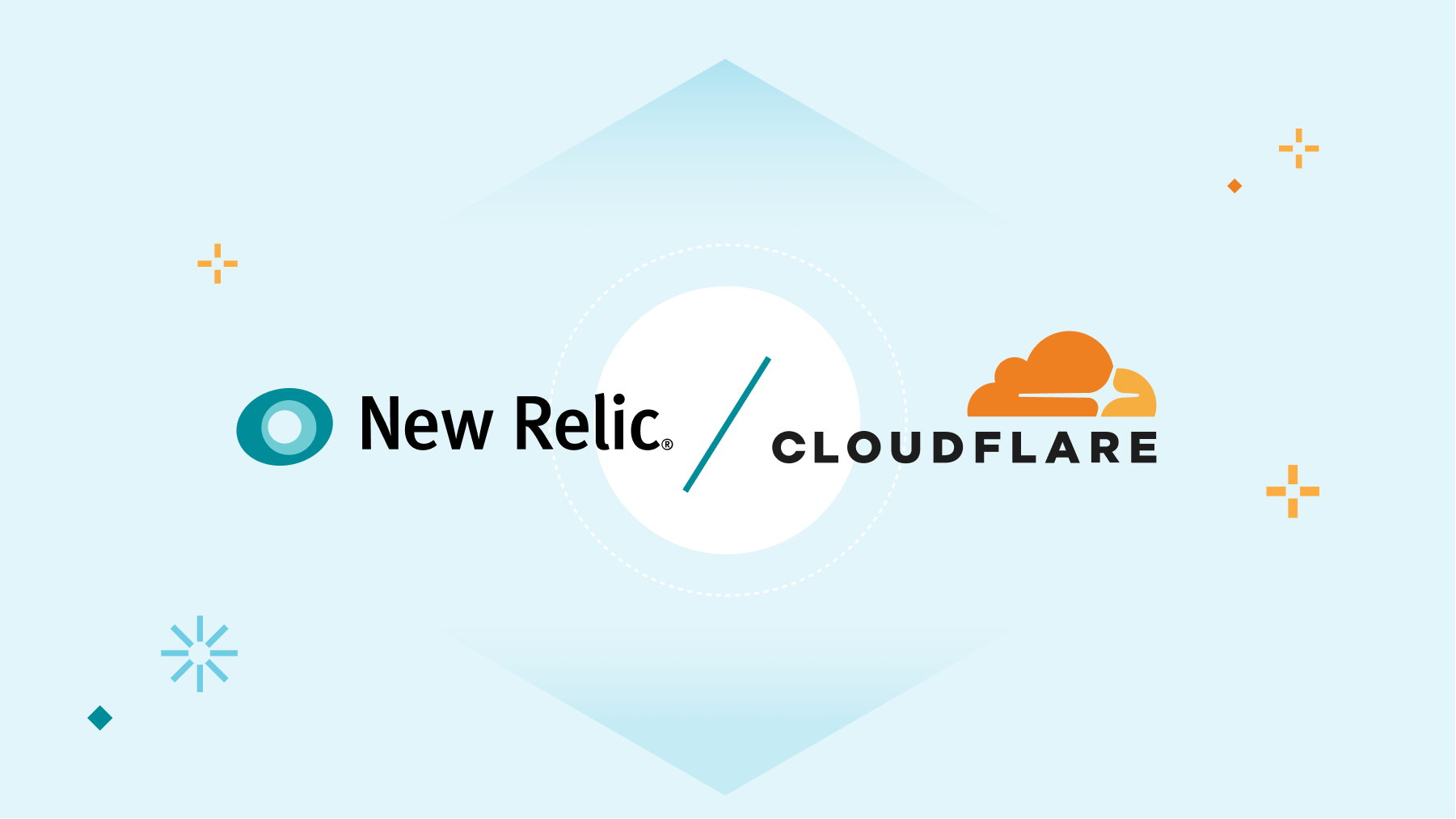
Building a great customer experience is at the heart of any business. Building resilient products is half the battle — teams also need observability into their applications and services that are running across their stack.
Cloudflare provides analytics and logs for our products in order to give our customers visibility to extract insights. Many of our customers use Cloudflare along with other applications and network services and want to be able to correlate data through all of their systems.
Understanding normal traffic patterns, causes of latency and errors can be used to improve performance and ultimately the customer experience. For example, for websites behind Cloudflare, analyzing application logs and origin server logs along with Cloudflare’s HTTP request logs give our customers an end-to-end visibility about the journey of a request.
We’re excited to have partnered with New Relic to create a direct integration that provides this visibility. The direct integration with our logging product, Logpush, means customers no longer need to pay for middleware to get their Cloudflare data into New Relic. The result is a faster log delivery and fewer costs for our mutual customers!
We’ve invited the New Relic team to dig into how New Relic One can Continue reading
Leverage IBM QRadar SIEM to get insights from Cloudflare logs
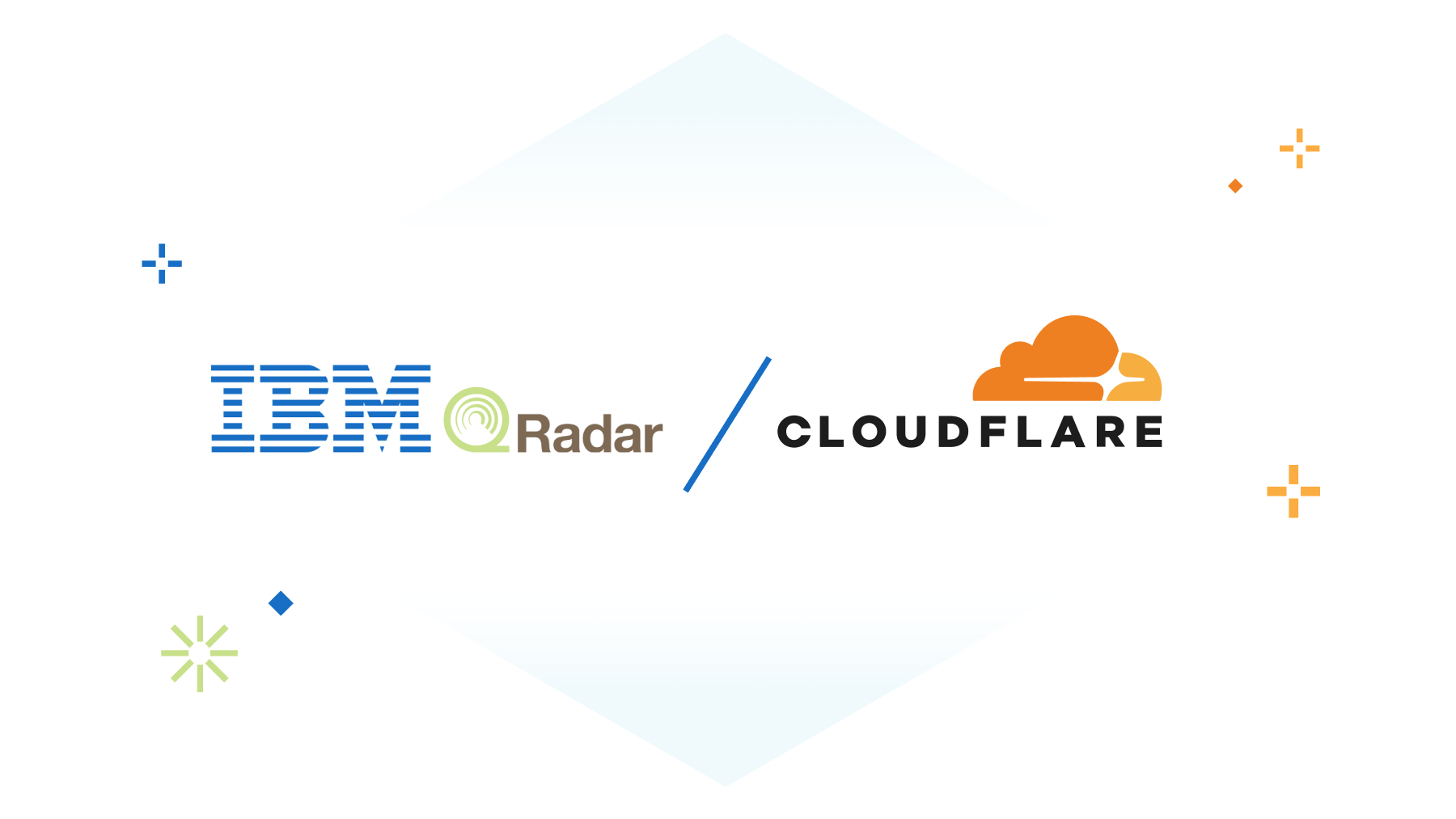
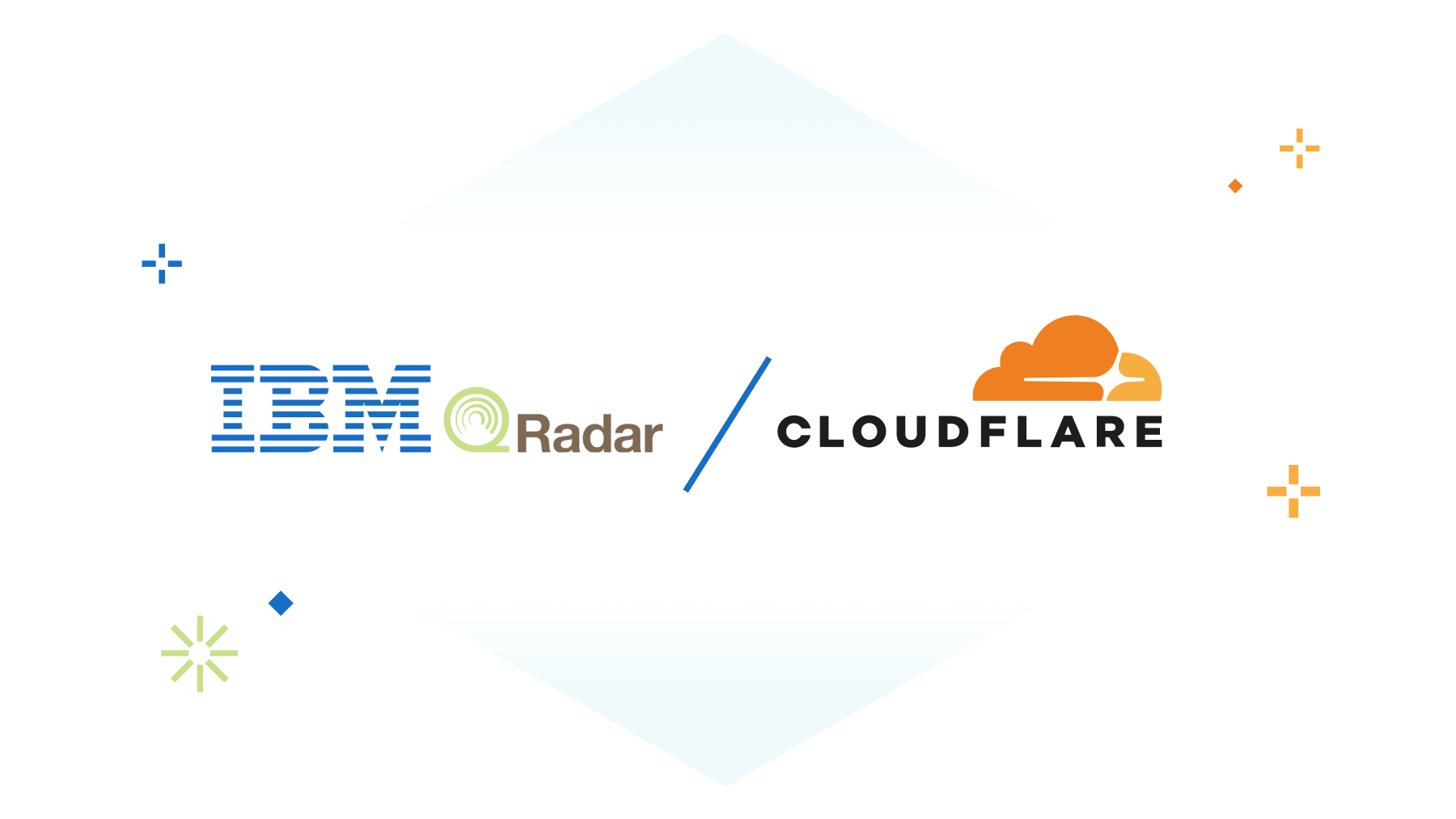
It’s just gone midnight, and you’ve just been notified that there is a malicious IP hitting your servers. You need to triage the situation; find the who, what, where, when, why as fast and in as much detail as possible.
Based on what you find out, your next steps could fall anywhere between classifying the alert as a false positive, to escalating the situation and alerting on-call staff from around your organization with a middle of the night wake up.
For anyone that’s gone through a similar situation, you’re aware that the security tools you have on hand can make the situation infinitely easier. It’s invaluable to have one platform that provides complete visibility of all the endpoints, systems and operations that are running at your company.
Cloudflare protects customers’ applications through application services: DNS, CDN and WAF to name a few. We also have products that protect corporate applications, like our Zero Trust offerings Access and Gateway. Each of these products generates logs that provide customers visibility into what’s happening in their environments. Many of our customers use Cloudflare’s services along with other network or application services, such as endpoint management, containerized systems and their own servers.
We’re excited Continue reading
Introducing: Backup Certificates
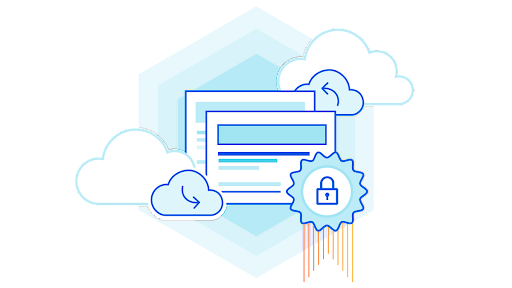
At Cloudflare, we pride ourselves in giving every customer the ability to provision a TLS certificate for their Internet application — for free. Today, we are responsible for managing the certificate lifecycle for almost 45 million certificates from issuance to deployment to renewal. As we build out the most resilient, robust platform, we want it to be “future-proof” and resilient against events we can’t predict.
Events that cause us to re-issue certificates for our customers, like key compromises, vulnerabilities, and mass revocations require immediate action. Otherwise, customers can be left insecure or offline. When one of these events happens, we want to be ready to mitigate impact immediately. But how?
By having a backup certificate ready to deploy — wrapped with a different private key and issued from a different Certificate Authority than the primary certificate that we serve.
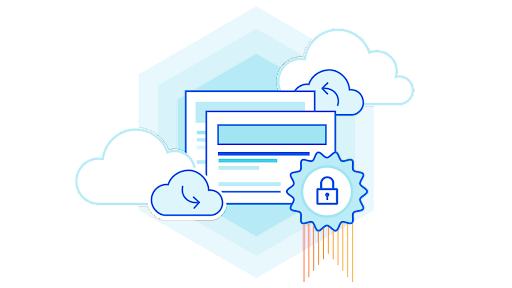
Events that lead to certificate re-issuance
Cloudflare re-issues certificates every day — we call this a certificate renewal. Because certificates come with an expiration date, when Cloudflare sees that a certificate is expiring soon, we initiate a new certificate renewal order. This way, by the time the certificate expires, we already have an updated certificate deployed and ready to use for Continue reading
Feedback: Ansible for Networking Engineers
One of ipSpace.net subscribers sent me the following feedback on Ansible for Networking Engineers webinar:
The “Ansible for Network Engineers” webinar is of the highest caliber. I’ve taken Ansible courses with your CCIE peers, and though they are good, I objectively feel, that I get more of a total comprehensive understanding with network automation here at ipSpace. Also, I enjoy your professional care-free tone, and how you pepper humor into the subject matter.
I’ve setup a virtual lab with Ubuntu 18.04 LTS server, and am using both Aruba and Cisco switches/routers. Ansible has lots of nuances that will take me time to fully get a grip-on– but, that’s why I subscribe with the network pros like ipSpace.
